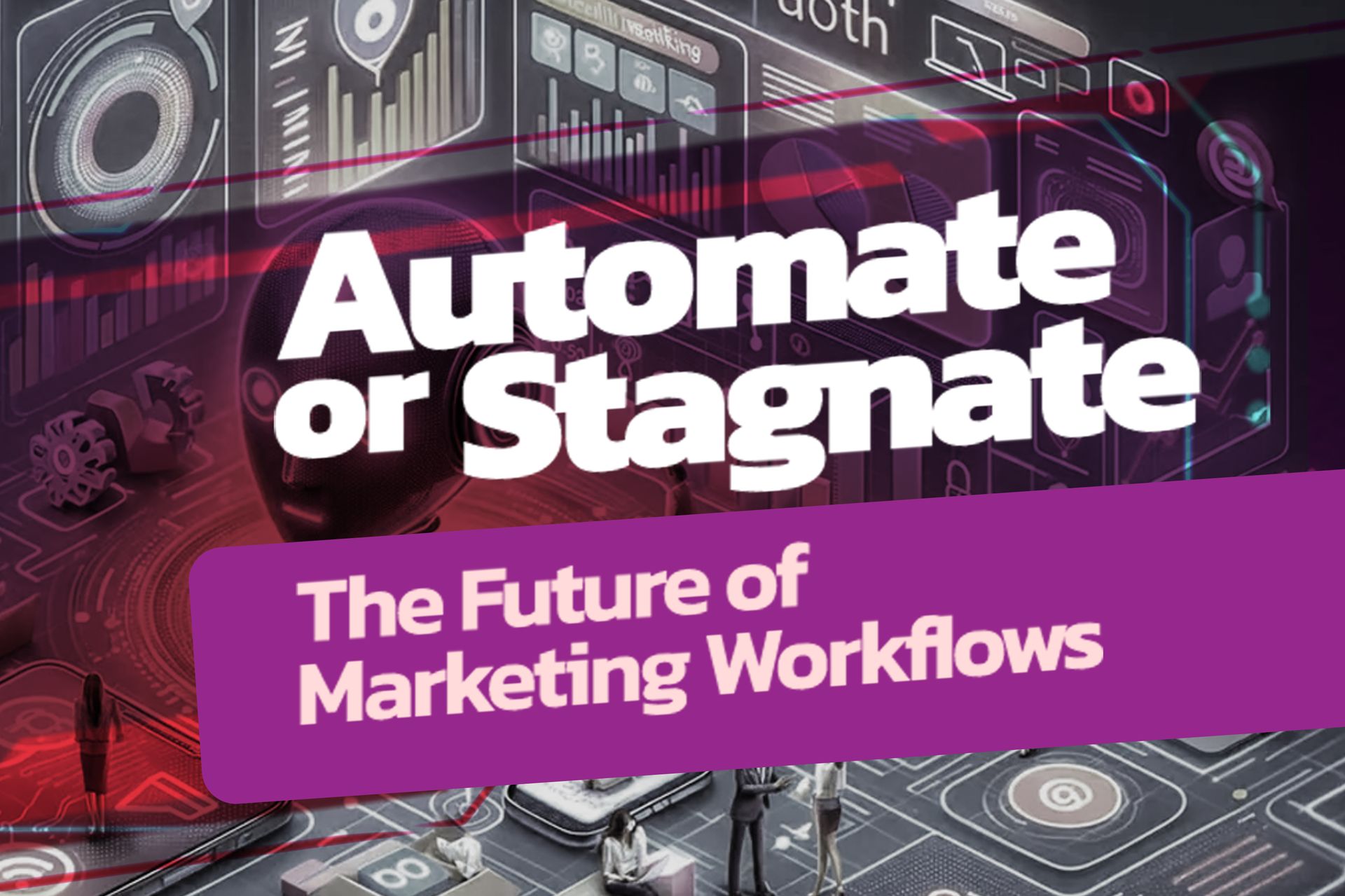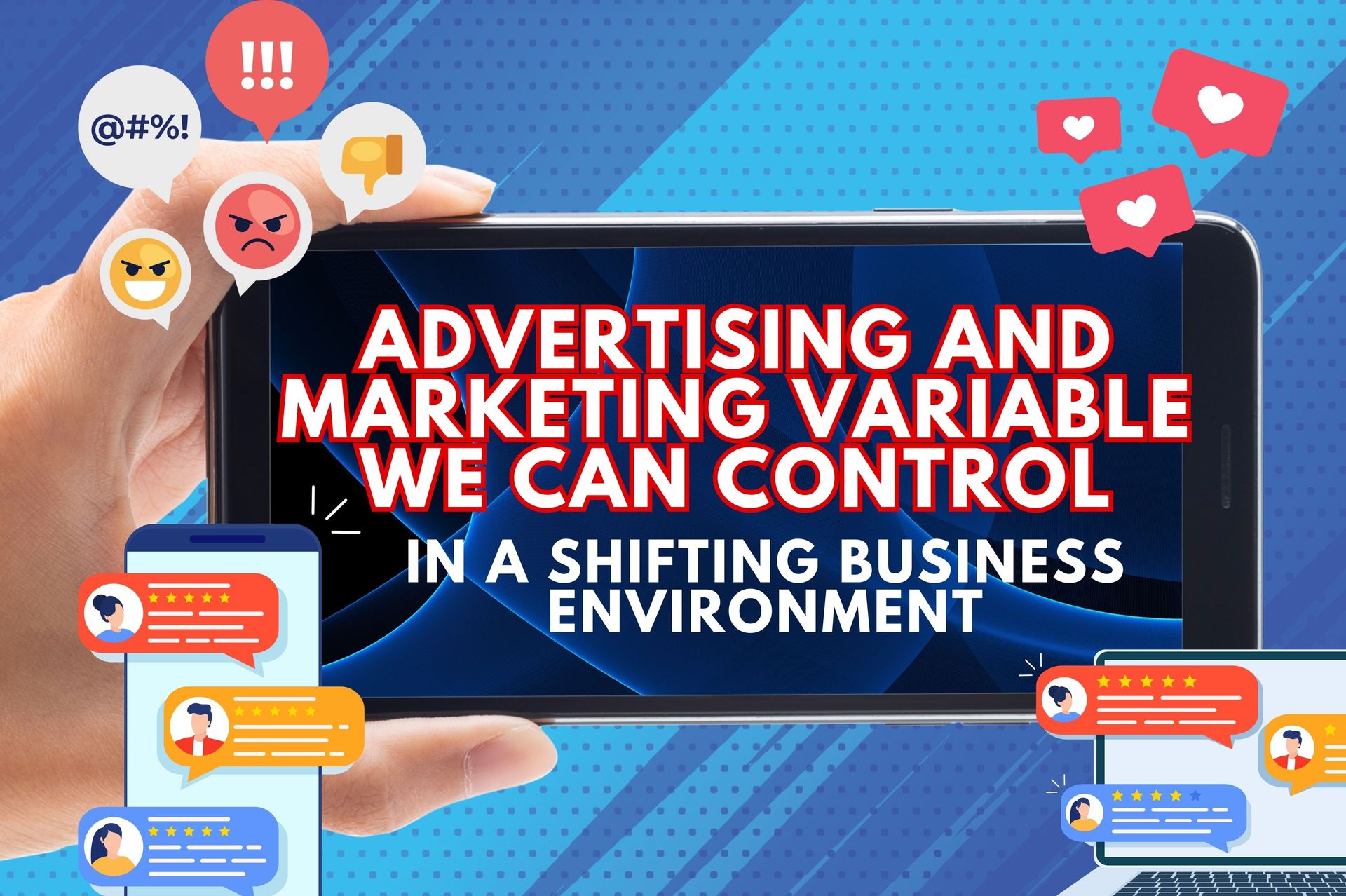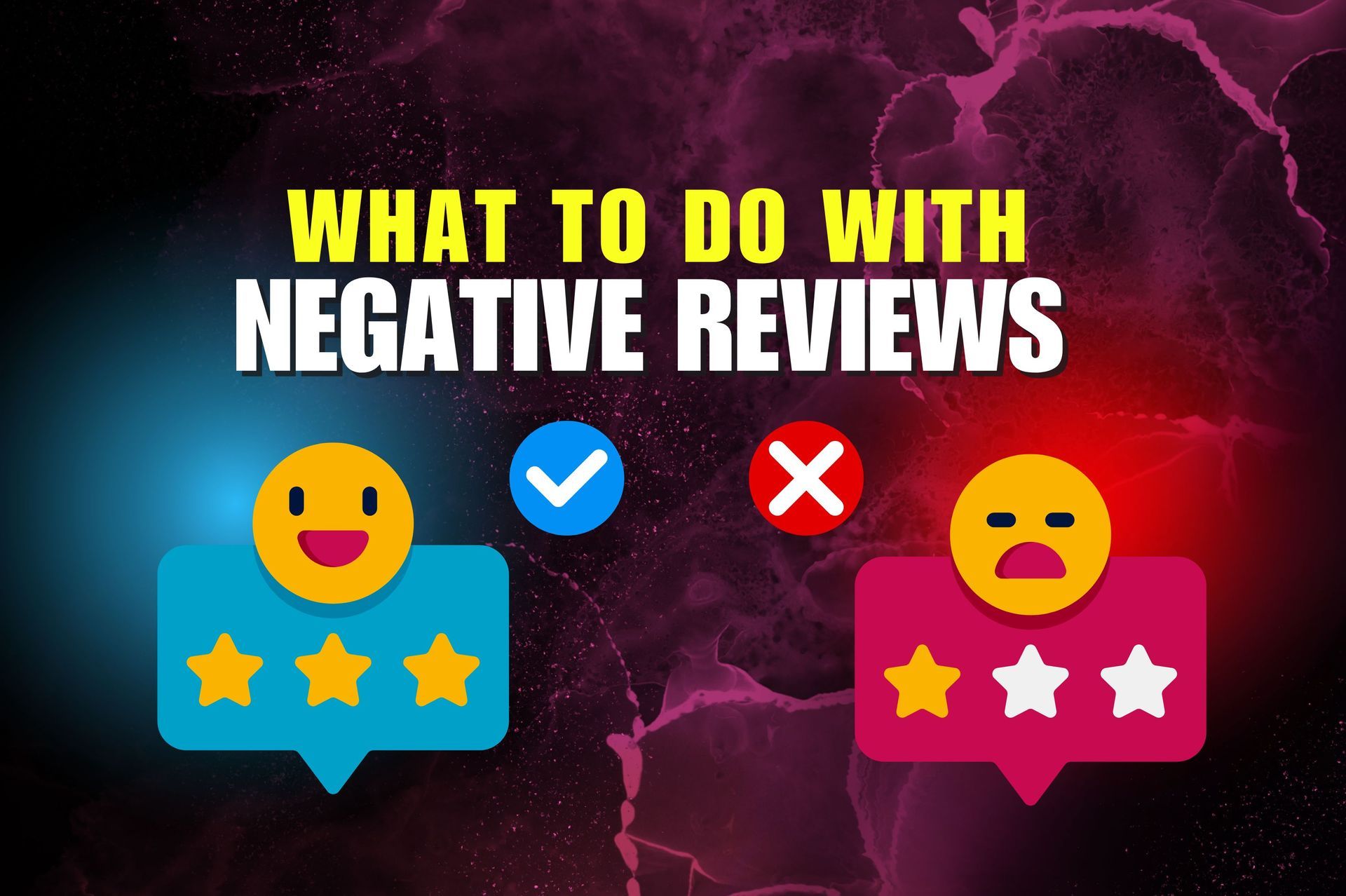Calculating if AI is worth it or not for any given workflow
Calculating if AI is worth it or not for any given workflow
Artificial intelligence is popping up everywhere, promising speed and optimization and even better results than humans can come up with. But before you jump in and assume that it's the magic pill for everything, you need to have a clear plan and evaluate the situation and make sure it's a good fit. In this video, I'm going to walk you through how we do that so that you can work without wasting any time and a bunch of money. Okay? Now for smaller businesses, this might seem like a lot of work to get everything down to some granular little process flow, but you got to think about plugging AI into your business just like you would think about putting an employee on some of your tasks. If you can't define it, you can't document it. You sure as heck can't hand it off to anyone, let alone a piece of automated technology.
Okay? The next thing you got to figure out is, is AI actually going to make a positive impact in the workflow or process that you're evaluating? Is it going to potentially lower the costs, increase accuracy or speed, reduce consumptive time on human labor, which is typically expensive? Is there actual value in plugging it in? And that's where sort of the rubber meets the road. So you've got to get to that question and then of course that answer. Now, let's get into the carry costs or cost to carry, however you want to say that. And implementation costs. You've got to figure out what the setup costs is, and that's going to weigh on the decision. I mean, set of costs can be anywhere. And I talked to somebody today, 60,000 to get a project off the ground to put AI chat in a bunch of areas in one business.
So the numbers can be big and the numbers can be small, but do not be fooled by all the stuff that's in the market. That's a hundred dollars, $200, that's not going to get you to the finish line. It will take more. So you need to evaluate the set of costs and the cost to carry every month alongside whatever the human piloting costs are and so forth. And the arbitrage between all of that has to be positive or it's just simply not worth it. And there's been a number of cases recently where we've been evaluating this stuff and it actually wasn't worth it. So it's not the golden pill, and you have to treat it like every other business decision that either has to pencil out or it doesn't. Okay, a few more thoughts too. Pilot everything before you commit and go live, which you just have to start a trial phase or limited some sort of limited rollout before you let the thing take over a whole space in your business.
So slow walk, whatever you do forward until confidence is in the right place and the results are exactly what you're hoping for. Alright, let's wrap this one up. The kind of final closing thoughts are, this is right to go back to that feedback loop, which is does the AI implementation, whether it be solo set or human in the loop, or human piloted or whatever variant, produce better results at lower costs? And if yes, then of course you can start to conservatively scale it up. If no either revert back to manual processes or revise the structure and or evaluate where the issues are. And they're either going to be a one of two spots enhanced costs, which could be coming from the human labor side, supervision and piloting needs that are more strenuous than the previous manual process, or everybody's doing it, but the results just suck. So those two things need to be looked at sharply if they're negative and explored to see if you can iron it out. But either way, just remember that AI is not some magic wand. It's just like anything else that you implement in your business. It needs to be done strategically, mindfully, and with normal management practices. If you guys think I missed something here, go ahead and hit me in the comments. Otherwise, I'll see you in the next video.



















